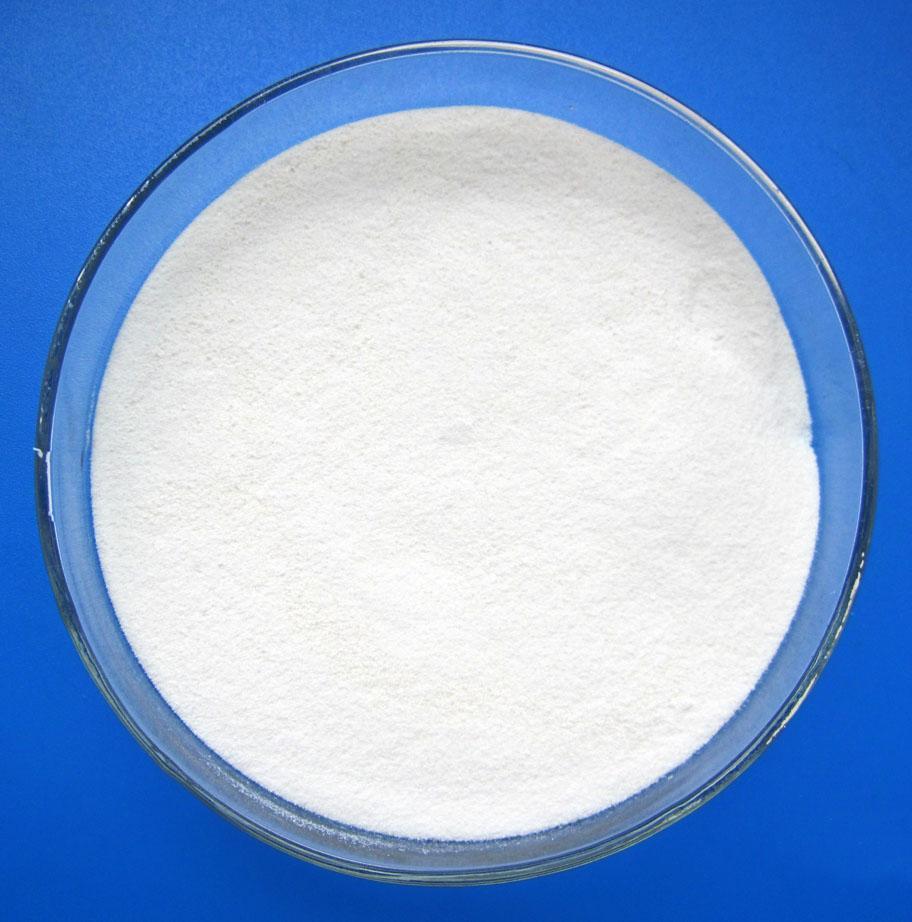EDTA一般指乙二胺四乙酸或其钠盐,是一种重要的人造有机多元酸螯合剂,能与大多数金属离子形成稳定络合物。EDTA可生成四种钠盐,随着钠原子取代数增加,在水中溶解度也逐渐提高。
EDTA generally refers to ethylenediamine tetraacetic acid or its sodium salt, which is an important artificial organic polybasic acid chelator and can form stable complexes with most metal ions. EDTA can generate four kinds of sodium salts. With the increase of the number of sodium atoms, the solubility in water will gradually increase.
EDTA初应用于化妆品是将其加入到肥皂或洗面奶中,目的是软化硬水(机理是EDTA能螯合金属离子),使皂基泡沫更丰富持久;然后到了20世纪50年代后期,又有研究发现EDTA能提高化学防腐剂的性能,因而在化妆品行业中更受重视。
When EDTA is first applied to cosmetics, it is added to soap or facial cleanser to soften hard water (the mechanism is that EDTA can chelate metal ions) and make soap based foam richer and more durable; Then, in the late 1950s, it was found that EDTA could improve the antibacterial properties of chemical preservatives, which attracted more attention in the cosmetics industry.
一、螯合作用。
1、 Chelation.
当溶液中存在金属离子时,EDTA就像螃蟹的大钳子一样钳住金属离子不放,使得金属离子很难发生正常价态反应,俗称螯合作用。为什么要螯合这些金属离子呢?以钙、镁、铁、铜、锰等离子为例,它们在稀溶液中是以二价阳离子形式存在,与阴离子会反应生成盐并沉淀析出,如日常生活中常常遇到的茶壶内壁结茶垢现象。
When there are metal ions in the solution, EDTA will hold the metal ions like a crab's tongs, making it difficult for the metal ions to react with normal valence, commonly known as chelation. Why should we chelate these metal ions? Take calcium, magnesium, iron, copper and manganese plasma as an example. They exist in the form of divalent cations in dilute solution. They react with anions to form salts and precipitate, such as the phenomenon of tea scaling on the inner wall of teapots often encountered in daily life.
此类金属离子污染物同样会出现在化妆品中,生产用水、原料、制造设备、容器和包装等都可能引入金属离子,然后导致化妆品变色、变味、变浑浊、加速腐败等现象。在化妆品配方中加入0.05%-0.2%EDTA,然后这些EDTA溶于水就会与金属离子牢牢结合,使其不能再与阴离子反应,从而防止或降低上述不良现象的发生。
Such metal ion pollutants will also appear in cosmetics. Production water, raw materials, manufacturing equipment, containers and packaging may introduce metal ions, which will lead to cosmetics discoloration, taste change, turbidity, accelerated corruption and other phenomena. Add 0.05% - 0.2% EDTA into the cosmetics formula, and then these EDTA will be firmly combined with metal ions when dissolved in water, so that they can no longer react with anions, thus preventing or reducing the occurrence of the above adverse phenomena.

二、协同防腐。
2、 Synergistic corrosion protection.
EDTA的能力主要是针对于革兰氏阴性菌,如大肠杆菌、痢疾杆菌、肺炎杆菌、霍乱弧菌等,尤其针对绿脓假单胞菌,即使单独使用也能产生明显的作用。实验表明,不加其他化学防腐剂,单独使用250ppm浓度的EDTA,可杀死99.99%的绿脓假单胞菌,当浓度降100ppm时,绿脓假单胞菌的死亡率在57%-99.5%。
The antibacterial ability of EDTA is mainly aimed at gram-negative bacteria, such as Escherichia coli, dysentery bacilli, pneumonia bacilli, Vibrio cholerae, etc., especially for Pseudomonas aeruginosa. Even if used alone, it can produce obvious bactericidal effect. The experiment showed that the use of EDTA with a concentration of 250 ppm alone without other chemical preservatives could kill 99.99% of Pseudomonas aeruginosa. When the concentration dropped to 100 ppm, the mortality rate of Pseudomonas aeruginosa was 57% - 99.5%.
此外,EDTA对某些酵母菌和霉菌也有很好的效果,但是一般来说不建议单独使用,好与其他防腐剂协同使用才能发挥更好的作用。机理:EDTA能与微生物细胞壁中的金属离子相结合,使微生物细胞壁渗透性提高,有利于剂的渗透和发挥作用。您有什么问题或者需求就来我们网站咨询看看
http://www.jinhao360.com吧!
In addition, EDTA also has good effects on some yeasts and molds, but it is generally not recommended to use it alone. It can play a better antibacterial role only when it is used together with other preservatives. Antibacterial mechanism: EDTA can combine with metal ions in microbial cell wall to improve the permeability of microbial cell wall, which is conducive to the penetration and function of antibacterial agents. If you have any questions or needs, please come to our website for consultation http://www.jinhao360.com Come on!
 欢迎访问济南金昊化工有限公司网站!
欢迎访问济南金昊化工有限公司网站! 全国咨询热线:13869119097
全国咨询热线:13869119097 欢迎访问济南金昊化工有限公司网站!
欢迎访问济南金昊化工有限公司网站! 全国咨询热线:13869119097
全国咨询热线:13869119097